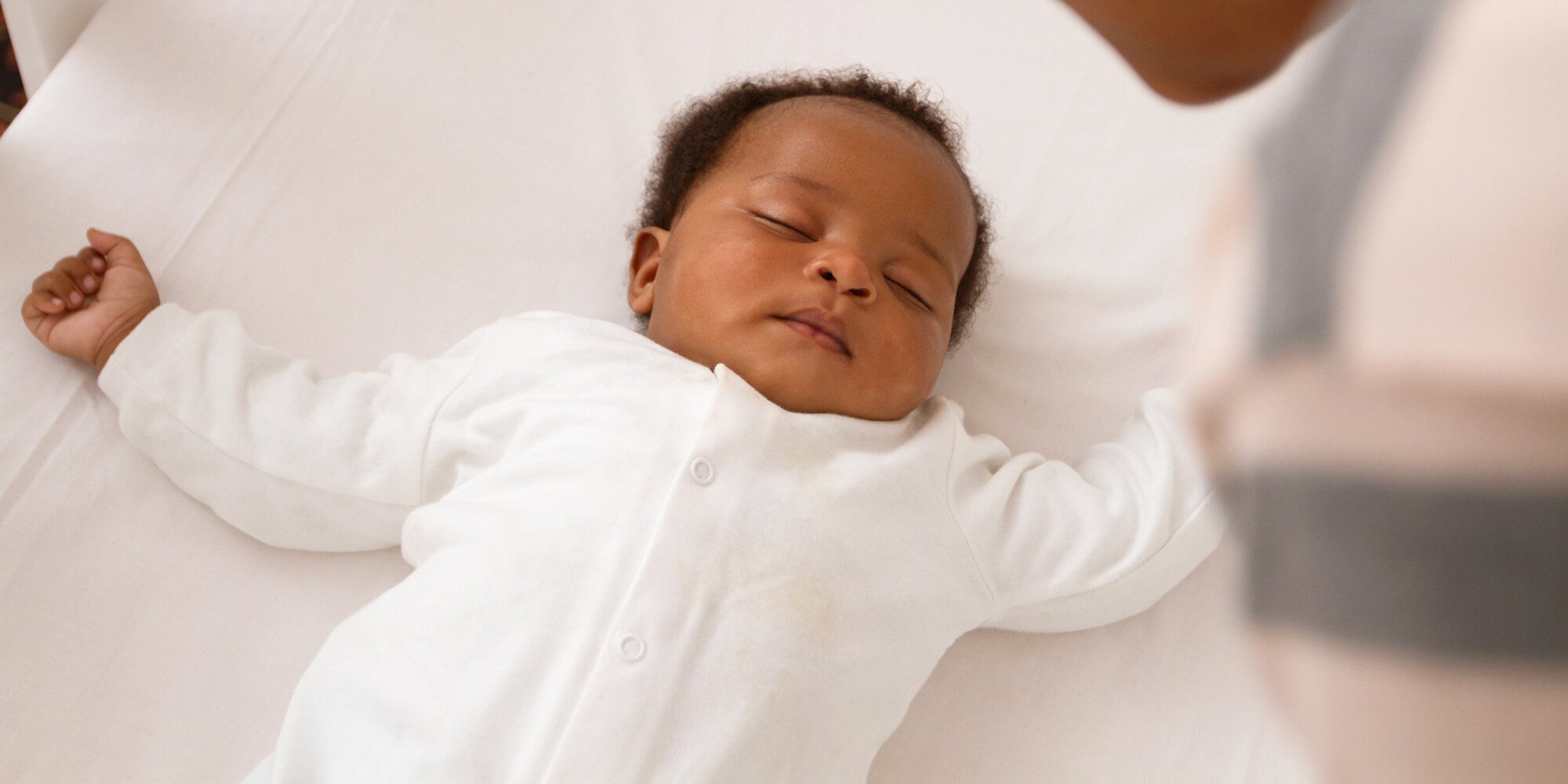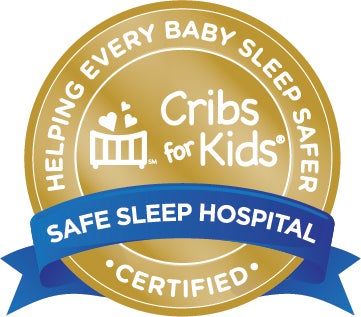Infant Safe Sleep


Safe sleep practices are incredibly important when it comes your new baby. It’s estimated by the Center for Disease Control (CDC) that there are around 3,500 sleep-related infant deaths a year, including Sudden Unexpected Infant Death (SUIDs) and Sudden Infant Death Syndrome (SIDS). We know how scary that sounds— our goal isn’t to make you fearful, but instead to empower you to take the precautions necessary to protect your baby. One of the best ways to prevent tragedies like SUIDs or SIDS is to be mindful of where and how you’re putting your baby down for a nap or bedtime. Not sure what a safe sleep environment looks like? Here are several important things to keep in mind:
- According to the American Academy of Pediatrics (AAP), infants should always be placed on their backs to sleep—no matter how long or short that period of sleep is intended to be (naps count too, here!).
- Have your baby share a bedroom with you (but not co-sleep) for at least the first six months of their life (but up to a year is even better). The AAP notes that this can reduce the risk of SIDs by as much as 50 percent.
- Always lay baby to rest on a firm, flat, non-inclined sleep surface, such as a mattress that has been covered in a fitted sheet and is in a safety-approved crib. Want to know if your baby’s mattress (or any surface) is firm enough? Here’s a hint: they should never sleep on anything that indents while baby is lying on it.
- Car seats and other devices are not recommended for regular sleep. If your baby falls asleep in one, move him or her to a firmer surface as soon as you can.
- Never put your baby to sleep on a couch, sofa or arm chair.
- Keep baby’s crib free of any soft objects or extra decorations. This includes pillows, blankets, stuffed animals and crib bumper pads.
- It is recommended that weighted blankets, weighted sleepers, weighted swaddles, or other weighted objects are not safe and therefore should not be placed on or near the sleeping infant.
- Make sure baby’s head and face are uncovered while sleeping. Never put them to sleep with loose blankets or while wearing any headband or hats.
- Do not smoke or let anyone smoke around your baby. In addition, alcohol, marijuana, opioids, and illicit drug use during pregnancy and after birth should be avoided.
- Only bring baby to your bed to feed or comfort them. Never share a bed with your baby, or allow any of your other children do so.
- Breastfeed your baby. It has been shown that breastfed babies have a lower instance of SIDS. Unless contraindicated (or if the parent is unable), the AAP recommends that infants be exclusively fed human milk for the first 6 months of life, with continuation of human milk feedings for a year or longer as mutually desired by infant and parent.
- Try giving baby a pacifier at naptime and bedtime. For infants that are breastfeeding, it’s best to wait to introduce a pacifier until a feeding routine has been established (about two to three weeks). Never force your baby to take a pacifier if they’re not interested and, if the pacifier falls out while they’re sleeping, you do not have to put it back in.
- Don’t let baby get too hot while sleeping. Keep the room at a comfortable temperature and dress them in no more than one extra layer.
- Give baby plenty of “tummy time” while they’re awake, which helps them develop strong back and neck muscles. Babies can begin with tummy time as soon as they come home from the hospital—aim for two to three “sessions” every day that last around five minutes each. As they grow and get more alert, you can increase the length and frequency of tummy time, and encourage movement and interaction with toys, etc.
- Direct to consumer heart rate monitors, oxygen monitors, and SIDS monitors are not FDA regulated to meet the same regulatory requirements as medical devices and should not be used a substitute for following AAP safe sleep guidelines.
- Visit resources like https://safetosleep.nichd.nih.gov/ to learn more information about safe sleeping and safe sleep education.
